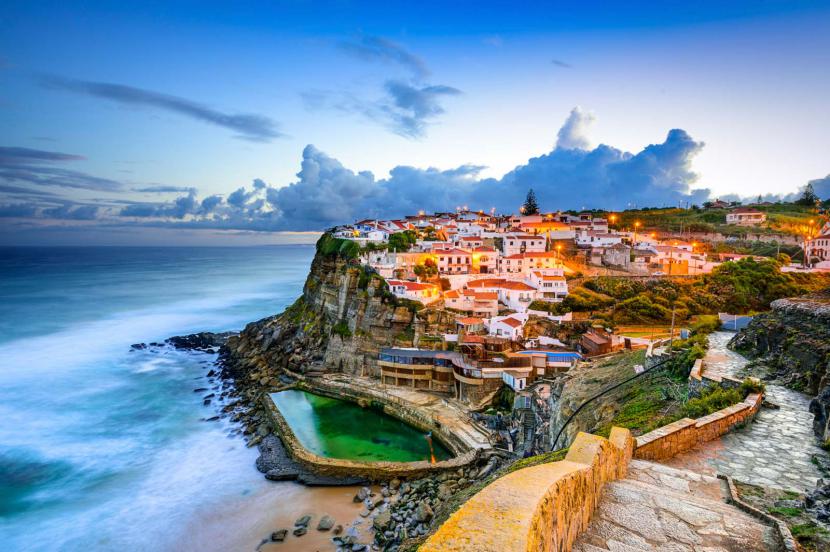
With more than 800 years of history, Portugal is one of the oldest countries in the world. Throughout the centuries, various Portuguese traditions and cultural traits were established, which today define their society and their country in the most diverse areas.
From the almost complete gastronomy from wine, arts and crafts to music, popular festivals and pilgrimages, there are several reasons to visit this wonderful country.
Gastronomy
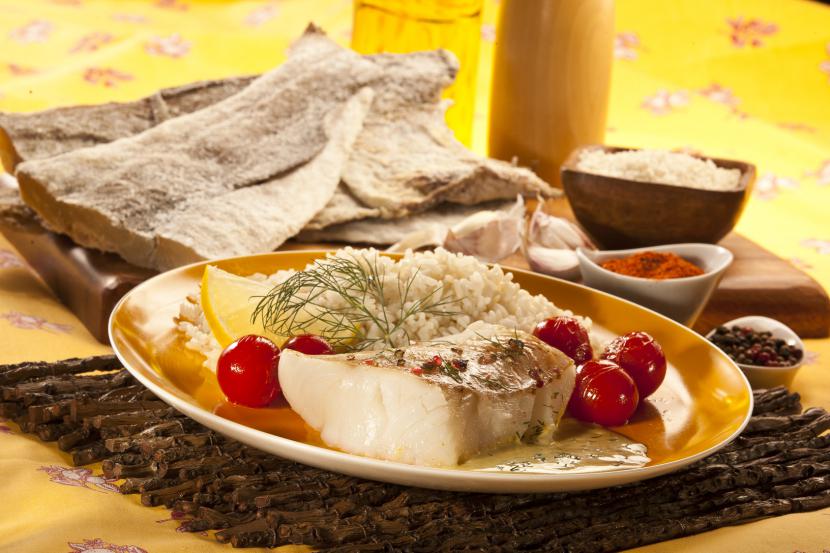
Portugal has long been a country with a great culinary tradition. One of the first foods that stood out on the Portuguese gastronomic scene was cod.
Cod was a solution to the population's problem to acquire fresh fish, as this fish lasts longer when preserved in salt. As part of the population did not have much money to buy fresh fish, the cod began to become the star of Portuguese gastronomy and is, today, one of his favorite foods.
To be honest, there are a thousand ways to cook cod: boiled cod, with cream, with roast meat, with corn bread, etc., and they are all part of the Portuguese gastronomic traditions. And most importantly, that it is accompanied by a good port wine. This wine is produced on farms in the Douro wine region (the first wine region to be recognized in the world) and stored in wineries, in Vila Nova de Gaia.
Music
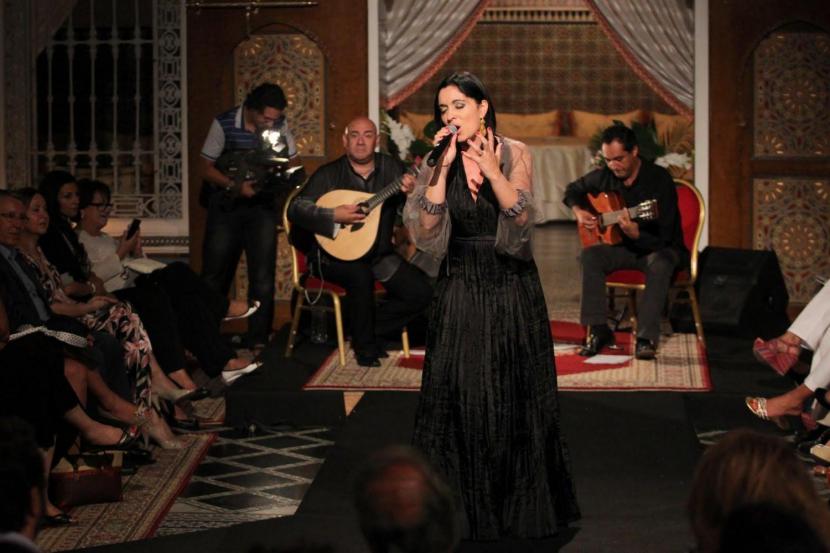
Portuguese traditions are also marked by music. One of the characteristic musical genres in Portugal, and unique worldwide, is the doom.
This musical genre began to stand out in Portugal in the second half of the XNUMXth centuryBut it was only during the 30s and 40s of the next century that it gained projection, through diffusion such as cinema, theater and radio.
There are several aspects that mark this musical genre such as the melancholy, longing and destiny; about the fado singer, who has a unique way of dressing and sings like no other singer of other genres. It should be noted that fado was considered by UNESCO as intangible heritage.
But not only fado lives the Portuguese music scene. Another very characteristic musical genre of this country is popular music.r, present in a large number of festivals in Portugal - the most popular styles are the dance gives Madeira, Trunk and turn.
Popular festivals and pilgrimages
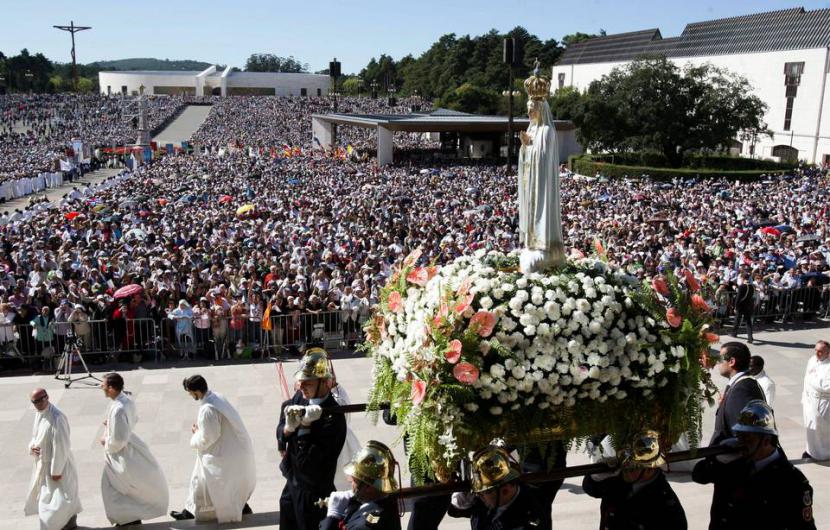
The festivals and pilgrimages are other aspects more present in the Portuguese traditions and come hand in hand with some areas mentioned above, such as gastronomy and music.
Parts like Santo Antonio, San Pedro and São João and pilgrimages to the sanctuary of Our Lady of Fatima, among others, millions of national and foreign tourists move through the streets of the great cities and towns of Portugal, partly or in devotion, playing a very important role in Portuguese traditions.
All the Parties of San Antonio, in Lisbon, they are the first biggest festivals in the country; They are celebrated during the week of June 13, the houses are decorated with basil, grilled sardines and corn bread are eaten and, since he is considered the saint of marriage, many weddings are tried to be celebrated during these festivals.
How to Live Aligned with Saint Anthony Lisbon, also in Porto and Braga in São João brings together thousands of people and fun, being the highest point of the night from 23 to 24 June; a party extended to other parts of the world and better known as "The night of San Juan", in which bonfires are lit to drive away bad omens.
Also pilgrimages to the sanctuary of the Virgin of Fatima they move many people and are part of the Portuguese traditions. The main dates are, without a doubt, May 13, the date on which the first apparition of the Virgin to three shepherds is celebrated, in the town of Fátima in 1917. The other important date is October 13, which celebrates the last apparition of the Virgin.
Arts and crafts
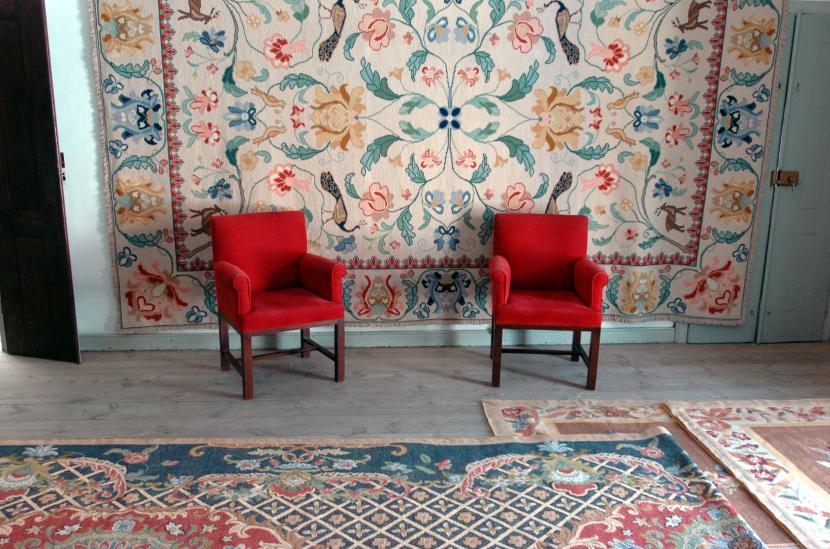
Another area that has emerged in the Portuguese cultural landscape over time was arts and crafts. Above all Since the 17th century, arts and crafts began to gain national relevance, with special relevance in areas such as ceramics, tapestries, embroidery, jewelry, among others.
La Portuguese tradition in tapestry occurred in the 18th century and has been used ever since for wall and mural decoration. Subjects such as the works of the Portuguese, religion and others are depicted on the rugs. At the national and international level, the best-known rugs are undoubtedly the carpets Arraiolos, which arose in Alentejo, in the town of Arraiolos.
the information you give is very good
I particularly do not like it because it has nothing, sorry but it does not serve me
This orribl was useless this page. If you do not put things that serve us better, do not publish anything
rot said vweno and damn curse ATT KRIAS
VAMONOZ A SORIANO ATTE EL KRIAZ AND PINCHES PERROZ PUDRANZE DAMNED PUÑALEZ
What I want does not come out, since I have traditions in Portugal and you put tourists on me ... THAT'S NOT WANTED.
I'm sorry but it's not what I want
The info that you have given me thank you very well, stamina paraguay c ………… ..
GOOD I WAS CRACKING THE PAGE AND GOOD SUPER I LIKE IT AND I WILL HAVE THE OPPORTUNITY TO TRAVEL TO PORTUGUESE
T
E
Q
U
I
R
O